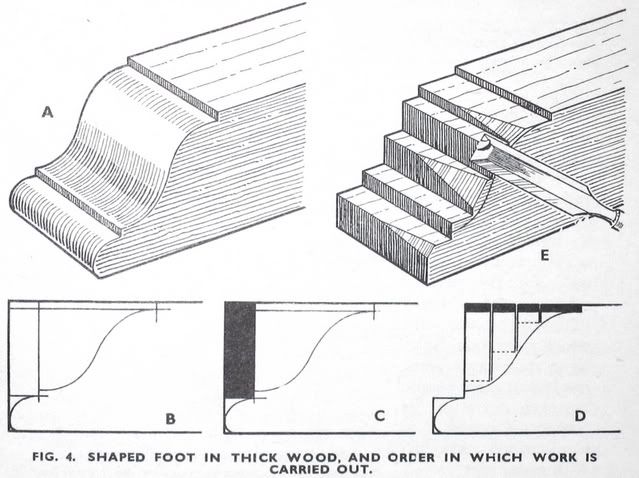pam niedermayer
Established Member
- Joined
- 6 Sep 2006
- Messages
- 187
- Reaction score
- 0
Bryon, sharpen those spokeshaves. I've used this technique many times on walnut and mahogany, mostly in rocking chairs, and it works a charm. I learned it from one of the UK's finest, Paul Sellers who's now in Texas at Homestead Heritage. I used a saw, chisel, and spokeshave only, and the result is very smooth. It was easy.
Pam
Pam


































